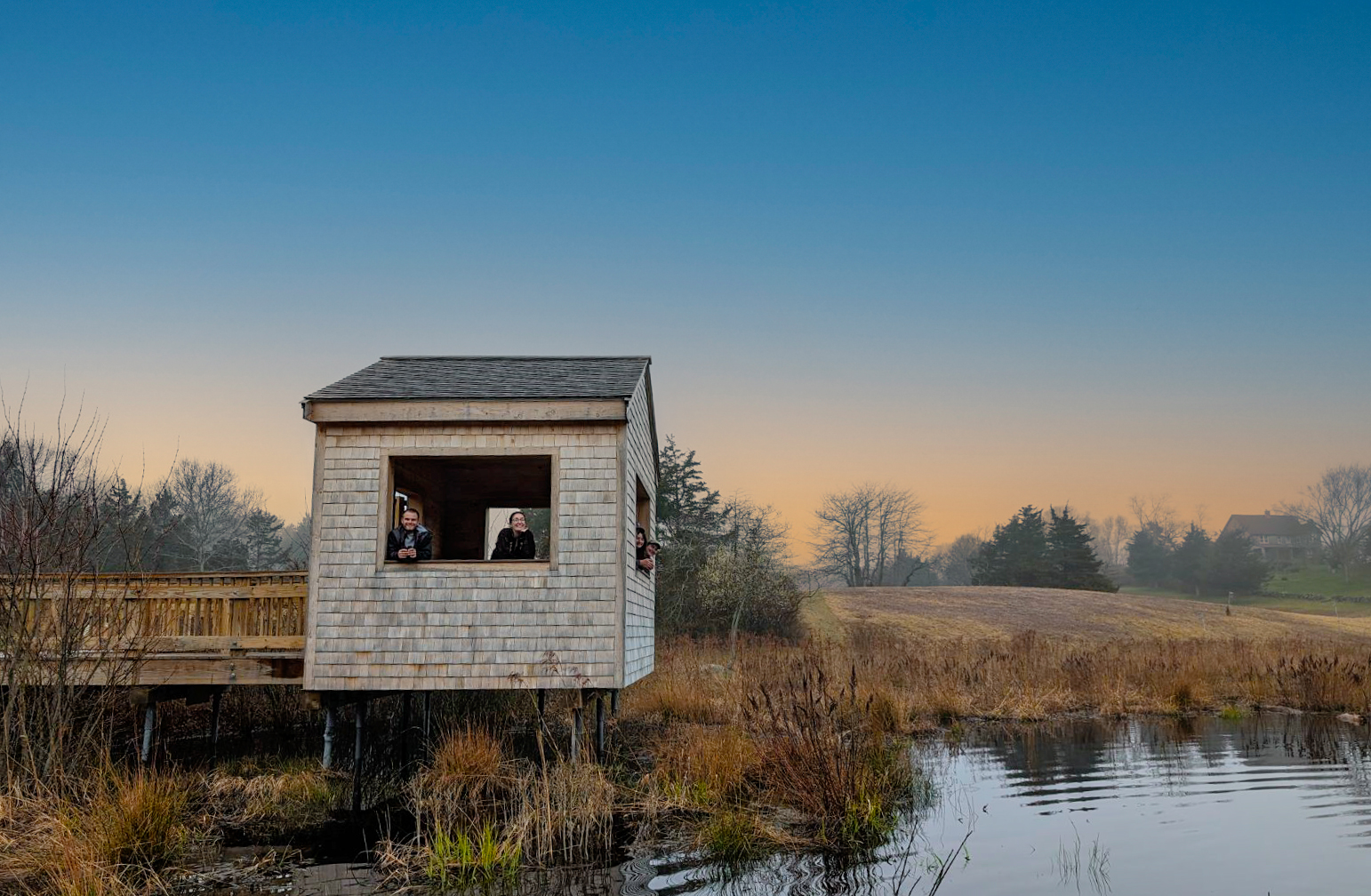Trees and shrubs at Walden Pond in Concord, Massachusetts, are growing their leaves an average of 18 days earlier than when Henry David Thoreau made his observations there in the 1850s, according to a recent study by Boston University biologists.
The study, called Drivers of leaf-out phenology and their implications for species invasions: insights from Thoreau’s Concord, showed that as spring temperatures continue to rise, certain hardy invasive shrubs like Japanese Barberry will likely gain competitive advantage over native plant species.
One of the study’s authors was BU Professor Richard Primack, who has been working with Manomet for many years on projects concerning leaf-out and related landbird migration timing. Primack is also an advisor for Manomet’s Climate Lab program, through which students learn to measure biological indicators of climate change.
“By comparing historical observations with current experiments, we see that climate change is creating a whole new risk for the native plants in Concord,” Primack said, in a press release from the university. “Weather in New England is unpredictable, and if plants leaf out early in warm years, they risk having their leaves damaged by a surprise frost. But if plants wait to leaf out until after all chance of frost is lost, they may lose their competitive advantage.”
The findings add to the growing list of changing spring phenomena throughout the northeastern United States, including flowering dates, butterfly flight timing and spring arrival dates for migratory bird species.
“Manomet’s 48 years of landbird migration data has shown that some species – namely those wintering in the southern Unites States – can pick up on indicators that it’s going to be a warmer spring in the northeast and respond by migrating through Massachusetts earlier,” said Banding Director Trevor Lloyd-Evans. “However, many southern neotropical migrant species have been unable to adjust their spring migration timing. Those birds have no physical weather cues to inform them of an earlier spring in the northeast, which can cause them to miss out on peak insect abundance associated with the earlier leaf-out.”
According to Lloyd-Evans, this may prevent species that are unable to respond to warming spring temperatures from being able to produce as many young. Manomet data have shown that Great Crested Flycatcher, Veery, Swainson’s Thrush, Willow and Alder Flycatchers, Eastern Wood-Pewee, Red-eyed Vireo, Mourning Warbler and Blackpoll Warbler have not been able to adjust their migration timing in response to warming spring temperatures in the northeast.
The study is published in the New Phytologist: C. Polgar, A. Gallinat, and R.B. Primack. 2014. Drivers of leaf-out phenology and their implications for species invasions: insights from Thoreau’s Concord.
– Haley Jordan





 Back to all
Back to all